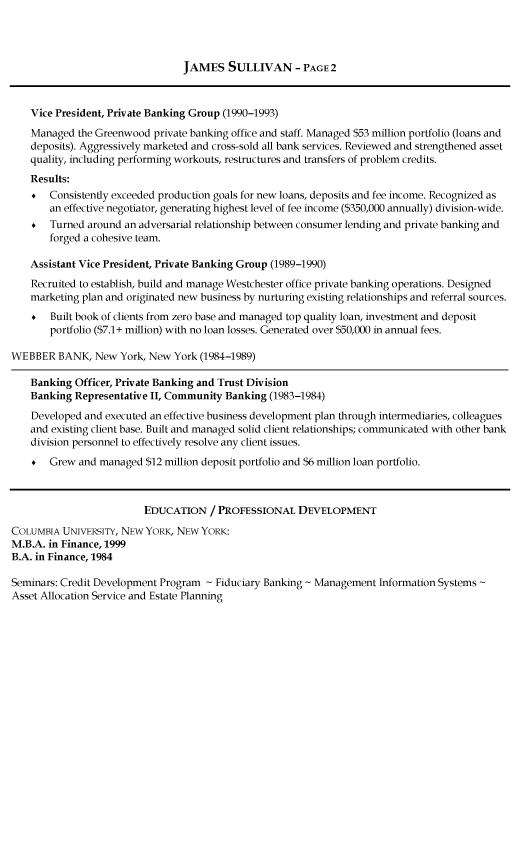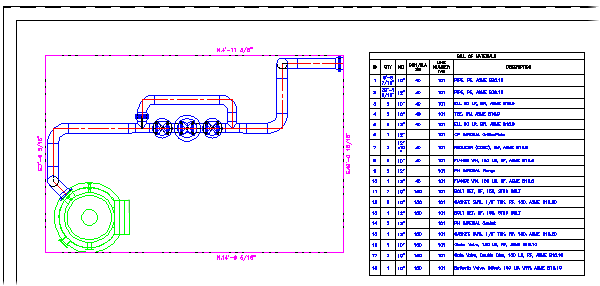
Investors and lenders often review a company’s accounts receivable ratio to determine how likely it is that customers will pay their balances. It’s important to note that your business can have a high number of sales but not enough cash flow because of uncollected receivables. Uncollected accounts receivable can hurt your business by reducing your liquidity and limiting your company’s prospects. Accounts payable is a current liability account that keeps track of money that you owe to any third party. The third parties can be banks, companies, or even someone who you borrowed money from. One common example of accounts payable are purchases made for goods or services from other companies.
If you have any questions on how Synder works, feel free to ask questions in the comments, chat or book office hours with our customer service team. In case you’re curious to try things out on your own – sign up and activate your 15-day free trial (no credit card required). While the notion of accounts receivable is explained, you must have a clear idea of how the accounts receivable process works. Companies can use their accounts receivable as collateral when obtaining a loan (asset-based lending). Pools or portfolios of accounts receivable can be sold to third parties through securitization. Companies have two methods available to them for measuring the net value of accounts receivable, which is generally computed by subtracting the balance of an allowance account from the accounts receivable account.
Presentation of Accounts Receivable
In business transactions, companies will often purchase items on account (not for cash). The term used to call the transactions is purchases “on account,” which signifies a transaction where cash is not involved. Before deciding whether or not to hire a collector, contact the customer and give them one last chance to make their payment.

If some customers didn’t pay once, you don’t want to deal with these customers again. The two methods are not mutually exclusive, and some businesses will have a provision for doubtful debts, writing off specific debts that they know to be bad (for example, if the debtor has gone into liquidation). Using the same assumptions as the prior section, the journal entry to reflect the purchase made on credit is as follows. The manufacturer placed an order and the requested components were delivered based on the purchase agreement.
What happens if customers never pay what’s due?
The change in A/R is represented on the cash flow statement, where the ending balance in the accounts receivable (A/R) roll-forward schedule flows in as the ending balance on the current period balance sheet. On the income statement, the $50k is recognized as revenue per accrual accounting policies but recorded as accounts receivable too since the payment has not yet been received. On the other hand, if a company’s A/R balance declines, the invoices billed to customers that paid on credit were completed and the money was received in cash.
Catapult Collections Administrator in Boston, MA – jobs.fitt.co
Catapult Collections Administrator in Boston, MA.
Posted: Tue, 08 Aug 2023 12:27:07 GMT [source]
However, the manufacturer is a long-time customer with an agreement that provides them with 60 days to pay post-receipt of the invoice. For purposes of forecasting accounts receivable in a financial model, the standard modeling convention is to tie A/R to revenue, since the relationship between the two is closely linked. Also, numerous vendors, including Oracle, Workday and SAP, sell software for automating management of accounts receivable and integrating the process with an ERP (enterprise resource planning) system. Adam Hayes, Ph.D., CFA, is a financial writer with 15+ years Wall Street experience as a derivatives trader. Besides his extensive derivative trading expertise, Adam is an expert in economics and behavioral finance.
What is the accounts receivable turnover ratio?
They might call them an outstanding invoice, which means they are an invoice that has been sent to a client but remains unpaid. Some business owners might simply call them debts, receivables for short, or a line of credit. Managing the accounts for a large company or small business should be efficient, and Synder’s got the functionality you need. Whether you’re a business owner trying to make sense of your accounts, or a CPA offering a wide scope of services, automation is the key to unlocking more time and resources. If you’re looking for ways to streamline your AR process and have a clearer picture of your cash flow, it’s time to think about automation.
- Expanding the amount of credit offered to customers can mean that a firm’s bad debts increase.
- Accounts receivable refer to the outstanding invoices that a company has or the money that clients owe the company.
- Accounts payable are typically recorded upon receipt of an invoice based on the payment terms both parties agreed to when initiating the transaction.
- The adjusting journal entry here reflects that the supplier received the payment in cash.
- If the costs of collecting the debt start approaching the total value of the debt itself, it might be time to start thinking about writing the debt off as bad debt—that is, debt that is no longer of value to you.
This type of solution also gives sellers more certainty about the timings of future payments, making it easier to forecast cash flows effectively. Another option is asset-based lending (ABL), in which companies can access a line of credit with funding secured against assets such as accounts receivable. ABL can also be structured around other assets, such as commercial property, equipment, or inventory.
How to Record Accounts Payable
A high accounts receivable turnover likewise demonstrates that a business has a great client base who can pay off credit swiftly. A high proportion can also show that a business follows a traditional flow like net-20-days or even net-10-days. Non-trade receivables are another category of asset that represents money that hasn’t yet been paid to a business but will be soon. Contrary to trade receivables, though, non-trade receivables are the money owed to a business from sources other than the sale of inventory or stock.

Since billing is done to claim the advances several times, this area of collectible is not reflected in accounts receivables. The payment of accounts receivable can be protected either by a letter of credit or by Trade Credit Insurance. A finance and accounting solution helps businesses save time, improve control and increase productivity by automating both invoice processing and payments.
Terms Similar to Accounts Receivable
It can also reveal your business’s ability to maintain consistent cash flow without the need to convert larger assets into cash. Accounts receivable is the balance owed by customers to a business for goods and services that the latter has sold or provided on credit. In other words, any money that a business has a right to collect as payment is listed as accounts receivable. When a company owes debts to its suppliers or other parties, these are accounts payable. To illustrate, imagine Company A cleans Company B’s carpets and sends a bill for the services.
- ABL can also be structured around other assets, such as commercial property, equipment, or inventory.
- This type of solution also gives sellers more certainty about the timings of future payments, making it easier to forecast cash flows effectively.
- Implementing effective strategies for managing accounts receivable is essential to ensure timely collections and maintain healthy cash flow.
- Calculating your business’s accounts receivable turnover ratio is one of the best ways to keep track of late payments and make sure they aren’t getting out of hand.
- The change in A/R is represented on the cash flow statement, where the ending balance in the accounts receivable (A/R) roll-forward schedule flows in as the ending balance on the current period balance sheet.
The accounts receivable of a company, which are also called AR, are the money that is owed to the company by customers for goods sold or services rendered. In order for an AR account to be what do you mean by receivable created, there must be a sale made by a company to a buyer that involves an extension of credit. If a sale is made where cash is received at the time of the sale, then no AR is created.
Expanding the amount of credit offered to customers can mean that a firm’s bad debts increase. This is especially likely when a firm maintains a loose credit policy during an economic downturn, when customers may struggle to pay their bills. In addition, having more receivables increases the working capital requirements of a business, which may call for additional funding to keep it solvent. When it becomes clear that an account receivable won’t get paid by a customer, it has to be written off as a bad debt expense or one-time charge.
AR is considered an asset because you’re counting on receiving that money within the timeline defined when the sale was initiated. AP is considered a liability because you will need to pay out that amount within a certain timeline. For finance leaders, excellence in accounting practices, managing cash flow, producing better reporting and maximizing working capital are top of mind, and both AR and AP are fundamental to all of these. On the other hand, there are times when a company will sell goods or services “on account.” Again, it means that there is a transaction occurring where cash is not involved. In this case, you’d debit “allowance for uncollectible accounts” for $500 to decrease it by $500. You (or your bookkeeper) record it as an account receivable on your end, because it represents money you will receive from someone else.
Here we will use the same example as above but instead, Corporate Finance Institute sells $750 worth of inventory to FO Supplies. If you can’t contact your customer and are convinced you’ve done everything you can to collect, you can hire someone else to do it for you. Accounts receivable is a straightforward concept for any business, but it can be even more so when you rely on technology to take care of it.
The discounts benefit both parties because the borrower receives their discount while the company receives their cash repayment sooner, as companies require cash for their operating activities. If the costs of collecting the debt start approaching the total value of the debt itself, it might be time to start thinking about writing the debt off as bad debt—that is, debt that is no longer of value to you. Bad debt can also result from a customer going bankrupt and being financially incapable of paying back their debts.

 | Tutti i diritti riservati 2022 © AS P.r.i
| Tutti i diritti riservati 2022 © AS P.r.i